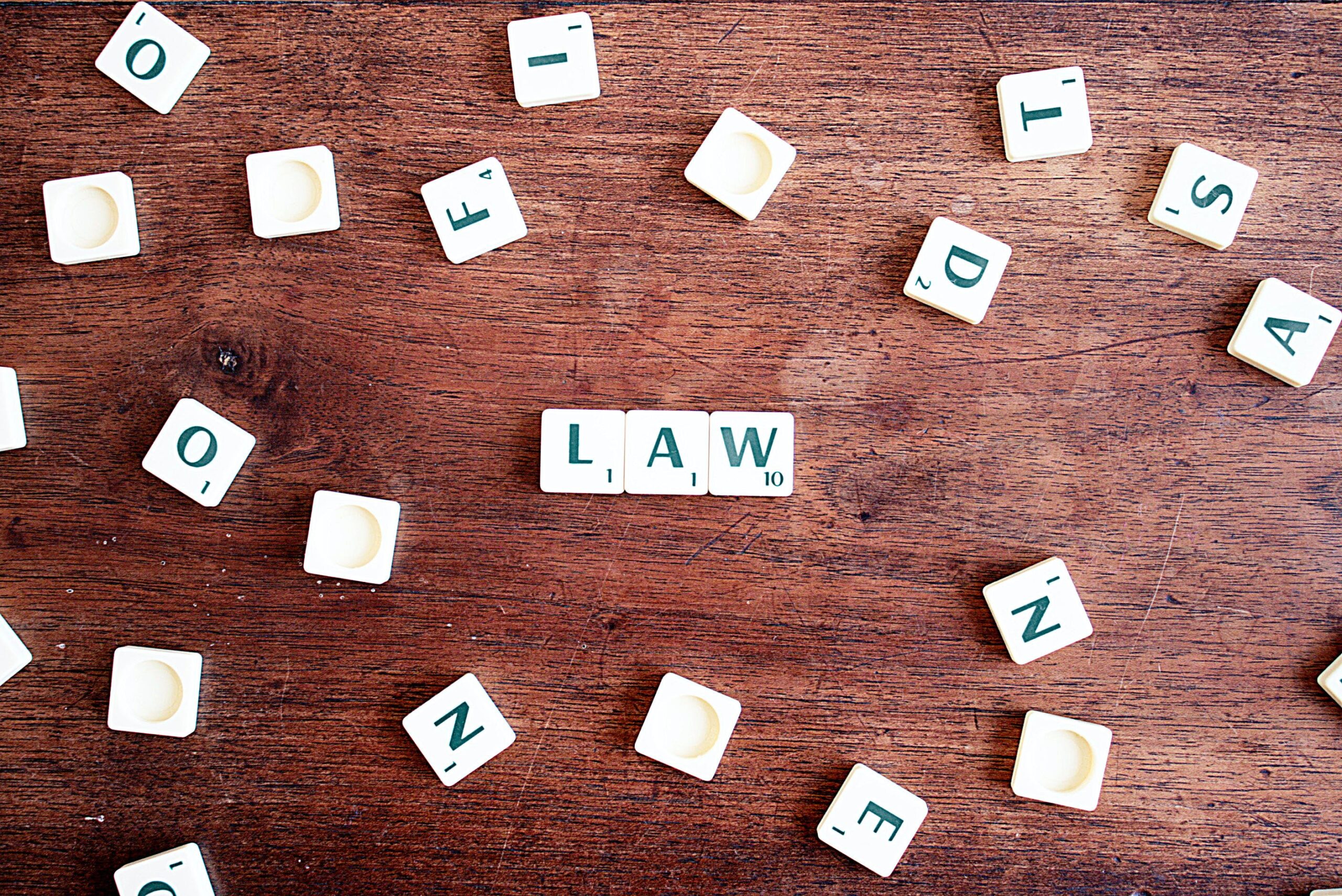Navigating DUI Regulations
Driving under the influence (DUI) is not only a serious legal offense but also a critical public safety concern. The decision to drive after consuming alcohol, especially beer, which is often mistakenly considered less intoxicating than other alcoholic beverages, can have devastating consequences. The risk of causing an accident increases significantly as alcohol impairs judgment, reaction time, and motor skills. The legal limit for blood alcohol concentration (BAC) in most U.S. states is set at 0.08%, a threshold at which a driver is considered legally impaired. However, the effects of alcohol can begin to impair driving abilities at much lower levels of BAC, making it essential for individuals to understand their own limits and the impact of alcohol on their capacity to operate a vehicle safely.
This article aims to demystify the relationship between beer consumption and BAC levels, providing insight into how many beers could potentially lead to a DUI charge. The complexities surrounding alcohol absorption and its variable effects on different individuals make this a challenging subject. Factors such as body weight, gender, metabolism, and even the type of beer consumed all play a role in how alcohol affects an individual. Additionally, we will discuss solutions for those who find themselves having consumed too much beer to drive safely. Recognizing when to seek alternative forms of transportation and understanding the resources available for dealing with DUI-related issues are crucial steps in promoting responsible drinking habits and ensuring road safety. Through this exploration, our goal is to provide valuable information that empowers individuals to make informed decisions about alcohol consumption and driving, ultimately contributing to safer communities.
1. The Impact of Beer on BAC Levels
The number of beers that can lead to a DUI varies based on several factors, including body weight, sex, metabolism, and the time span over which the beers are consumed. Generally, one standard beer (12 ounces of regular beer, about 5% alcohol) may raise an average person’s BAC by about 0.02%-0.03%. However, this is a rough estimate, and it’s important to understand that even one or two beers can impair your driving abilities, leading to a DUI.
2. Recognizing Personal Limits
Everyone has a different tolerance to alcohol, and it’s essential to recognize your personal limits. If you plan to drive, it’s safest to avoid drinking altogether. If you do choose to drink, keeping track of the number of beers and the time frame is important. Tools like BAC calculators or apps can provide a rough estimate of your BAC level, but they should not be solely relied upon to determine your fitness to drive.
3. Solutions for Overconsumption
If you find that you’ve had too much to drink, there are several responsible steps you can take. Firstly, avoid getting behind the wheel at all costs. Opt for alternative transportation like a taxi, rideshare service, or public transportation. If you’re out with friends, designate a sober driver in advance. In situations where you’re alone, consider staying where you are until you’re sober, or call someone you trust for a ride.
4. Understanding DUI Consequences and Resources
A DUI charge carries significant legal consequences, including fines, license suspension, and possibly jail time. If you find yourself facing a DUI charge, it’s important to seek legal counsel immediately. Resources like the National Highway Traffic Safety Administration (NHTSA) and local DUI attorneys can provide guidance. Additionally, attending DUI educational programs and support groups like Alcoholics Anonymous (AA) can be beneficial.
5. Preventative Measures and Education
Prevention is key when it comes to DUIs. Educational programs in schools, community centers, and even workplaces can help raise awareness about the dangers of drinking and driving. Tools like personal breathalyzers can also be a valuable investment for those who choose to drink. Remember, the best strategy is to plan ahead – if you intend to drink, ensure you have a way to get home safely that doesn’t involve you driving.
Prioritizing Safety and Responsibility
In conclusion, understanding the relationship between beer consumption and DUI risks is nuanced, as the number of beers a person can consume before reaching the legal limit for DUI varies significantly depending on individual factors like metabolism, body weight, and even the type of beer. However, the overarching principle remains clear: the safest and most responsible decision is to avoid drinking and driving altogether. In instances where you might find yourself having had too much to drink, the importance of opting for alternative transportation cannot be overstated. It’s not only about avoiding legal repercussions but also about safeguarding your life and the lives of others. Familiarizing yourself with resources for dealing with DUI charges, such as legal advice, support groups, and educational programs, is also vital. Ultimately, a combination of education, self-awareness, and proactive planning forms the cornerstone of preventing DUI incidents. By staying informed and making conscientious choices, you contribute to a culture of safety and responsibility on the roads, thereby protecting not just yourself but the entire community from the potential tragedies of impaired driving.
